the work of Ukranian photographer Andrey Kolesnikov
Author: Distil Ennui | Post Date: 04-01-2022It was a real pleasure to be invited by past 'Dark Vat' resident artist and now curator Oleg Deetz to visit this exhibition before it opens to the public 6th January 2022.
Oleg states 'The result of the observation was a simple conclusion: to not hold this exhibition would be a crime against photography itself.'
The works were so delicately placed directly onto the exposed, raw and unforgiving walls, each in perfect placement with the space and with each other forming vivid framing for the works.
The colour ranges and subjects were salon hung and grouped into pocket selections, they ranged from the delicately rich and vibrant tones that dream of sunlit beaches; to the bleached out hues matching those of walking home at the break of dawn from a late night, somewhere, with somebody. As the light sears your very fibre with its simple purity.
To me it seemed impossible to achieve such a delicate balance of works held so precariously in place in such vigour while screaming off the walls in whispering explosions of pure graphical force.
Andrey explores his environment with an eye for isolations in framing, you have to really look to discover each images secrets all based on location, object and context. The three twist around each other in delicious quizzical torment. Andrey Kolesnikov has achieved that most marvellous of things, a great exhibition. Its small and its brash, but it fills you up and rewards you, and I am dam glad that I saw it. I look forward to following how Andrey's work develops, for ours is not a short journey.
The exhibition is open until the 29th January, Location QVADRAT (map link).
READ THE FULL CURATORS TEXT BELOW >>
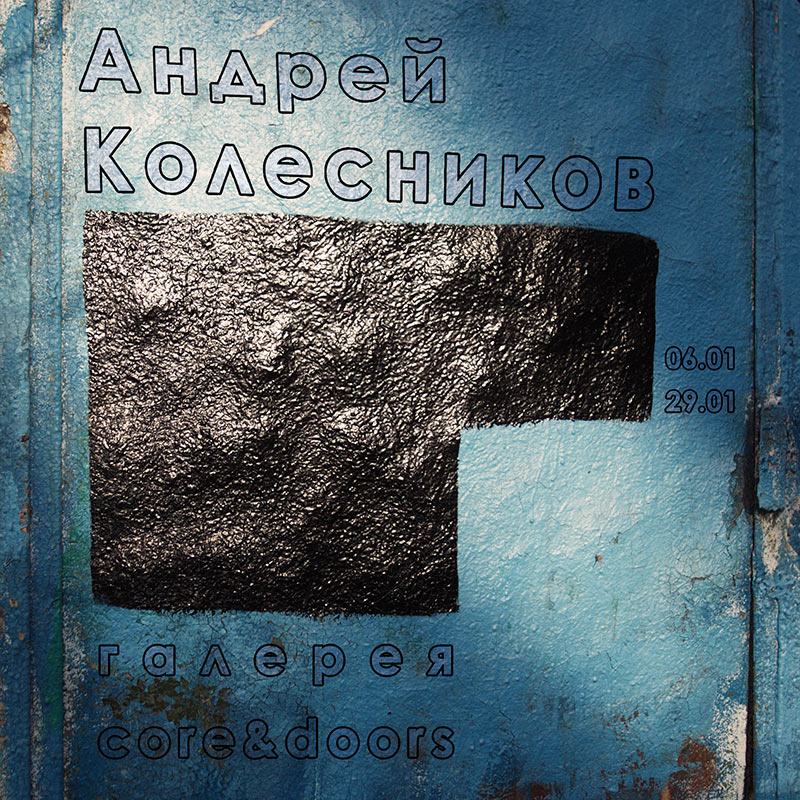
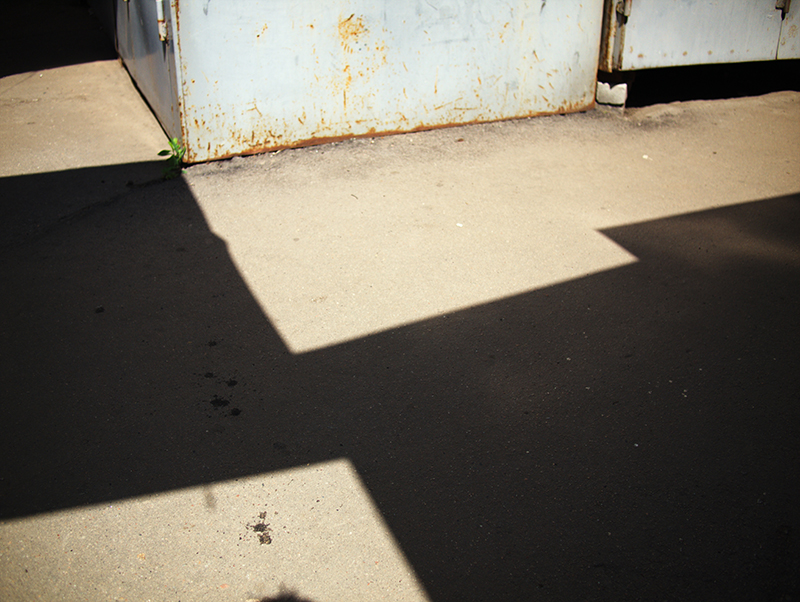

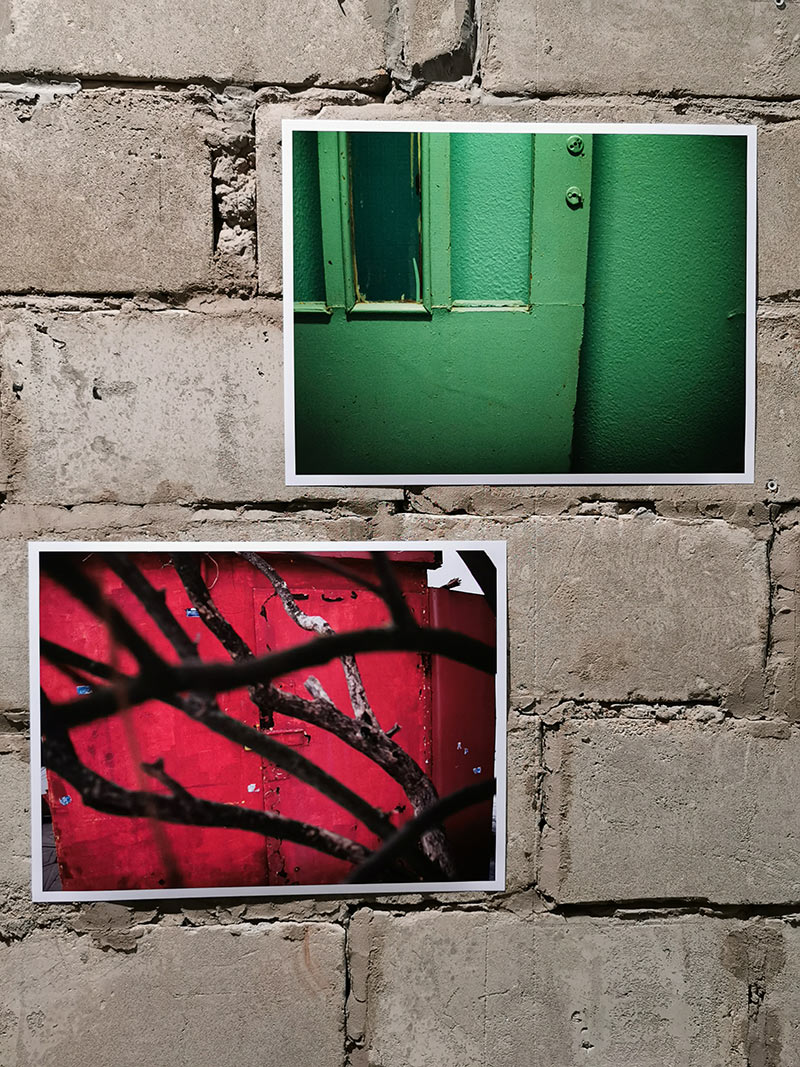
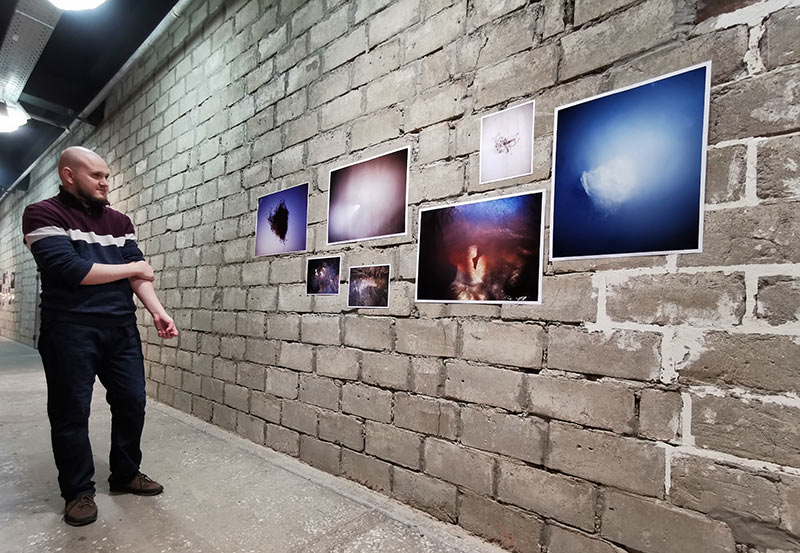
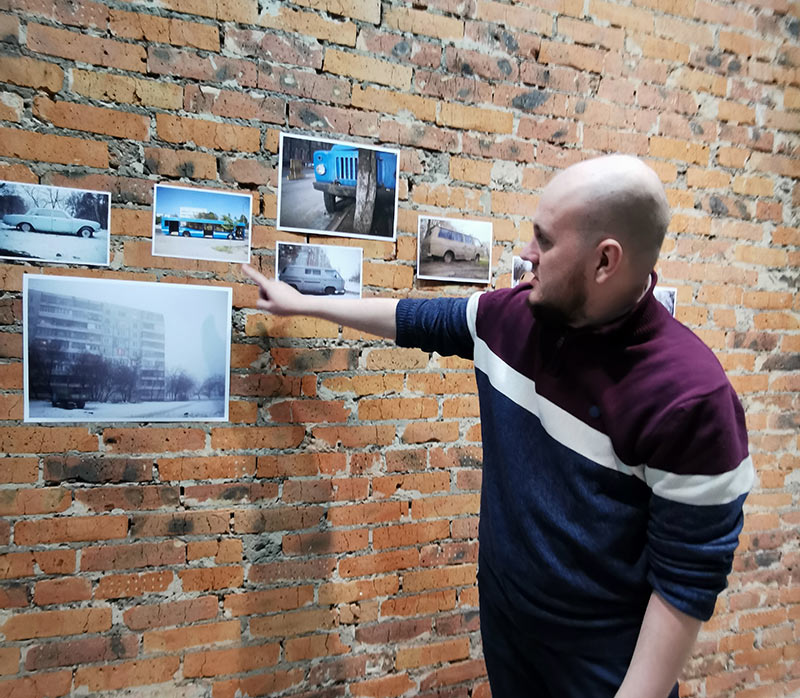
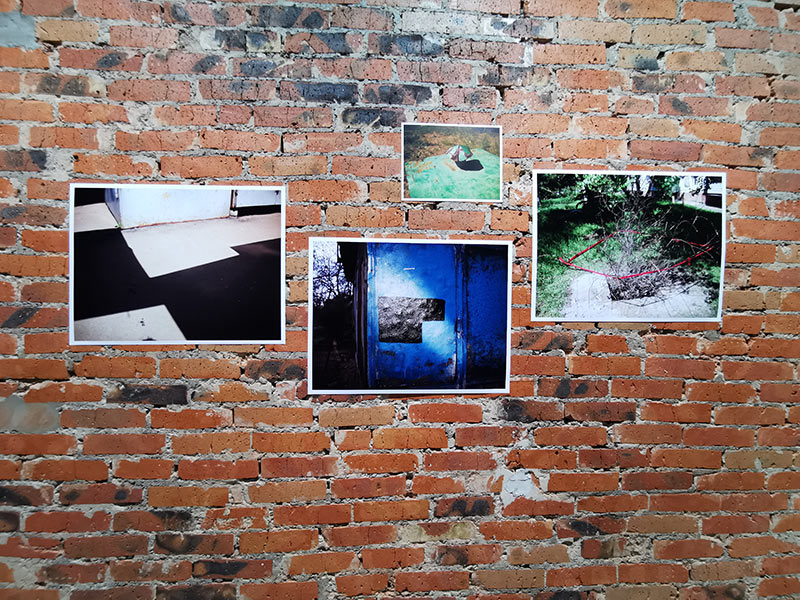
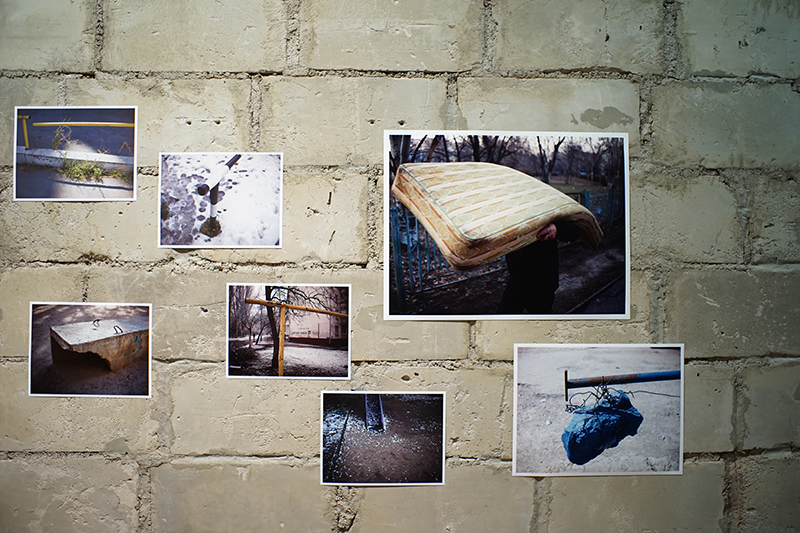

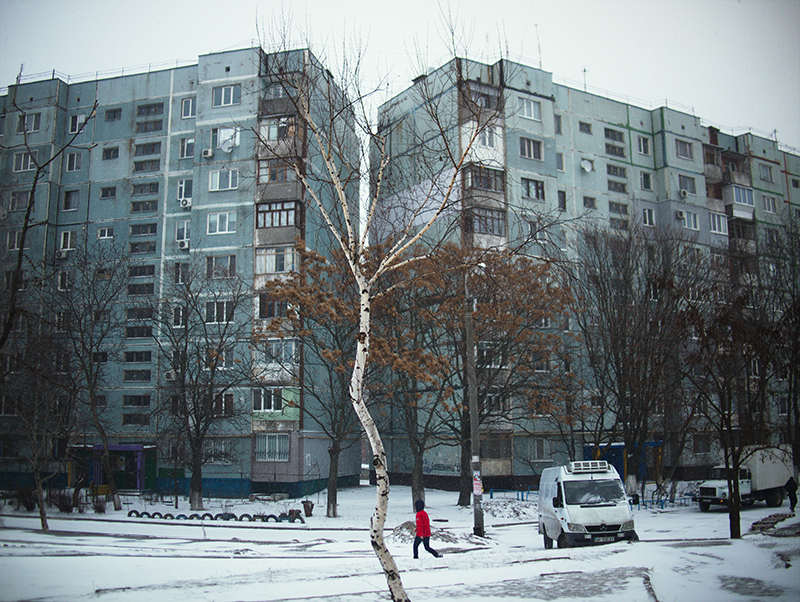
you can see more of Andrey Kolesnikov's work at
>>> Thank you for reading, please lets stay connected.
>>> discover more about my work here on the journal.

exhibition text by Oleg Deetz. in original Russian and translated to English.
ENGLISH TEXT
This is one of the unprecedented cases of vision. A direct example of what one of the maxima of photography can be, as a special case of vision, the actualization of the vision of a person who simply lives in his environment.
We can see how trees, cars and fragments of the past compete for the title of small architectural forms with sculptures cast from reinforced concrete and woven from threads. And if everything is clear with trees, they always show the fullness of their beauty, being naked, then with the rest of the applicants it is more difficult. They are hidden. Not obvious. Finds made in the thick of everyday life. And all together, these objects form the horizon of the opening perspective - sometimes ragged, with disheveled branches, then geometrically strict, even if not always correct outlines.
The non-strict polemic of motives is sparse by all other images. Bright spots, explosions. Rare people. Lines. Expressionistic flashes, dots, commas. Colons? All punctuation marks that suddenly escaped from the text and formed some kind of their own.
A pure optical game in which there are no winners or losers. Before us is the image in all its surprise. The structural break of the architectural code flows into the fracture of the crack on the ruins of nature. And this is not an environmental slap. This is the fact of combining the artificial and the natural in one visual and cultural space — the space of photography, the snapshot, with all its unshakable denotativity. A simple and effective gesture. Hyper-efficient!
Inside this type of photography, all possible unscrupulous naivety regarding the medium of photography is concentrated and hidden — and it is revealed through this text. No matter how many sophisticated logical and analytical constructions are wrapped around it, no matter how many associations are mentioned separated by commas, no matter how many ornate epithets are invented — it will be the same birch tree and two houses.
I hope you found this journal entry informative, please stay connected.
Join the mailing list.. Register
Telegram Channel.. DistilEnnui
Instagram.. AJHamilton.Artist
Twitter.. DistilEnnui
Support on Patreon.. SustainableArt